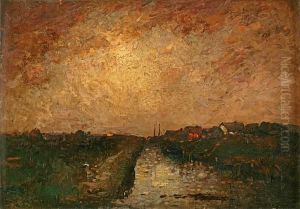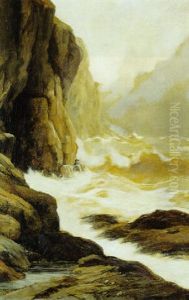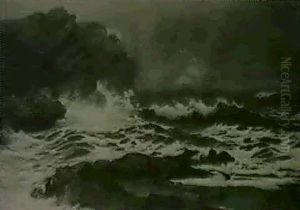John Francis Faed Paintings
John Francis Faed was a Scottish painter, born on August 31, 1820, in Gatehouse of Fleet, Kirkcudbrightshire, Scotland. He was one of three brothers, all of whom became notable artists. His younger brother, Thomas Faed, was also a highly successful artist. John Francis showed an early interest in art, influenced by his family and the rich artistic environment of the time.
Faed received his initial education at the local academy in Gatehouse of Fleet. His artistic talent was evident from a young age, and he went on to study at the Trustees’ Academy in Edinburgh, where he trained under Sir William Allan and Thomas Duncan, who were prominent figures in Scottish art. Faed quickly distinguished himself as a talented painter, focusing primarily on historical and genre scenes.
In 1847, John Francis Faed moved to London, which was then the center of the British art world. His work gained considerable popularity, and he became known for his detailed and evocative historical paintings, often with a melodramatic or sentimental quality. He also painted religious subjects and was skilled in portraiture. Faed's works were regularly exhibited at the Royal Academy and the Royal Scottish Academy, and he became a full member of the latter in 1851.
Throughout his career, Faed's paintings were well received by both the public and critics. He often depicted scenes from literature, including works by Shakespeare and Sir Walter Scott, and his paintings were praised for their narrative quality and attention to detail. Faed's style was characteristic of the Victorian era, with a focus on emotional content and moral messages.
Faed's success in London allowed him to support his family back in Scotland, and he maintained strong ties to his Scottish heritage throughout his life. In later years, Faed's popularity waned as the art world's tastes shifted towards Impressionism and other modern movements. Despite this, he continued to paint until his eyesight failed him.
John Francis Faed retired to Gatehouse of Fleet, where he lived until his death on October 22, 1902. His legacy endures through his works, which are held in numerous public and private collections. Faed is remembered as a key figure in 19th-century Scottish art, and his paintings are still appreciated for their historical value and craftsmanship.


